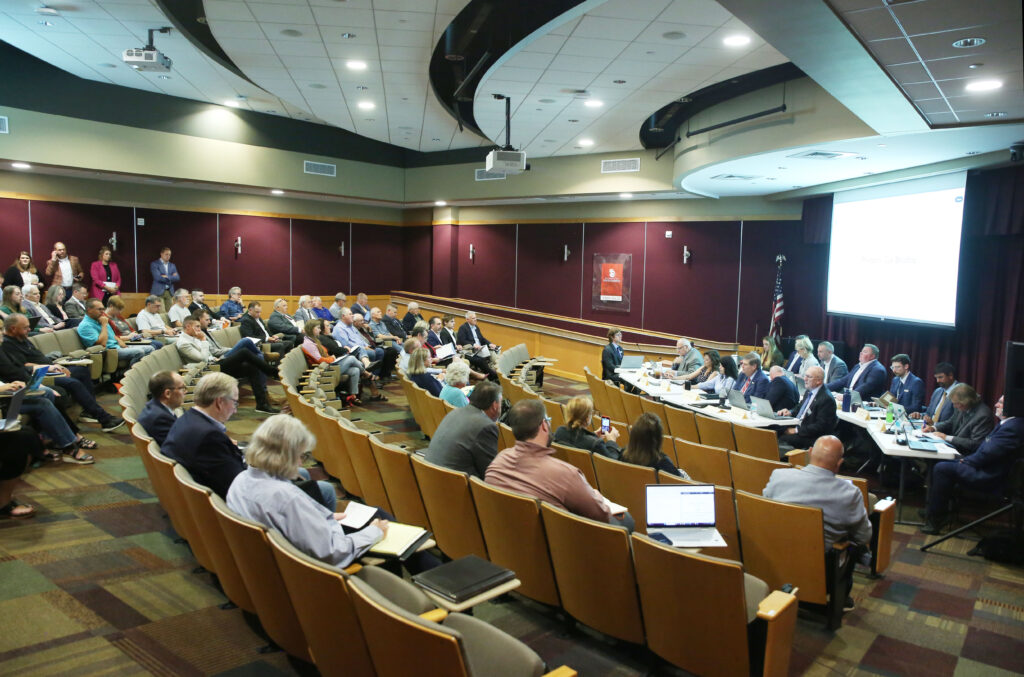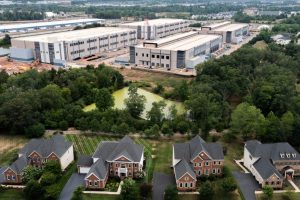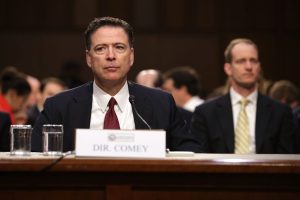Members of the South Dakota Legislature’s Comprehensive Property Tax Task Force meet in Sioux Falls on June 25, 2025. (Photo by Makenzie Huber/South Dakota Searchlight)
Reform for something as delicately interconnected as the state’s tax system should probably be handled with a scalpel. For the second year in a row, lawmakers have instead chosen to use a scattergun.
That scattershot approach was evident at the most recent meeting of the Legislature’s Comprehensive Property Tax Task Force. At that meeting, the task force approved 19 property tax reform proposals that will be forwarded to the Legislature. Those proposals were pared down from more than two dozen. Some of the proposals that didn’t earn task force approval will likely be offered as legislation as well.
In the Legislature, it seems that ideas about how to cut property taxes are like eyebrows, everybody has one or two.
Lower spending, higher sales tax, revenue shifts: A closer look at 19 ways to reduce property taxes
It looks for all the world like lawmakers are throwing property tax reforms against the wall, hoping that one sticks. That’s a trick they learned with mixed results in this year’s session when 30 property tax bills were introduced. The only one left stuck to the wall was from Gov. Larry Rhoden. His legislation was full of enough limits, caps, exemptions and expansions to make Rube Goldberg dizzy.
At the start of the summer, the task force members had high hopes. They said they wanted to find a way to cut property taxes for homeowners by 50%. They have been hearing an ever-increasing clamor from homeowners whose total property tax payments increased by 38.8% between 2020 and 2024.
Anyone hoping that a summer’s worth of work would lead the task force to come up with a single, simple solution to property tax reform has to be disappointed. Some of the solutions considered by the task force included: school tax limits, online relief applications, formula adjustments, a new education fund, capital outlay limits, tax relief for veterans, municipal rebates, tax increment financing restrictions, school levy elections, capital outlay elections, cutting general fund spending, an owner-occupied relief fund and a $500 property tax credit.
Even the simplest of property tax reform solutions face an uphill fight in the Legislature. One simple solution was considered and rejected by the Legislature in February. If approved, House Bill 1019 would have raised the state sales tax from 4.2% to 5%.
According to Tim Goodwin, a Rapid City Republican and one of the bill’s sponsors, the excess money generated by the sales tax increase would total $280 million. Those funds would be used to pay $417 of property tax relief per each $100,000 of valuation on owner-occupied dwellings in the state.
The bill was rejected by the House State Affairs Committee on a vote of 9-2. Its rejection offers an insight into what lawmakers in the next session will be up against with their own reform proposals.
Rep. Greg Jamison, a Sioux Falls Republican, kicked off committee discussion of the bill with praise for the $417 payment per $100,000 of valuation: “That’s a healthy reduction in their property taxes. It’s probably what people want.”
Moments later, Jamison would vote against the bill.
Despite his characterization of the bill as offering taxpayers exactly what they want, Jamison reasoned that it didn’t mesh with the mood of the Legislature. His colleagues, he said, would rather cut spending than raise a tax to generate new revenue.
Sign up for our free newsletter, and never miss new commentary.
If legislation that gives aggrieved taxpayers exactly what they want can’t make it out of committee, it’s hard to believe that other property tax reforms are likely to succeed. With so many proposals to consider, lawmakers who want to create true reform may be forced to vote for measures that go against the grain of what they believe.
The hard decisions they face will be a test of their political courage. They may have to put aside their dismay about raising taxes so that the revenue from one tax can be used to lower another. They may need to look past their belief in local control to put new restrictions on how and when school districts and county governments can raise taxes. No matter how much pride they take in their role running state government, they may have to take a meat cleaver to the budget with the savings earmarked for property tax relief.
The endorsement by the task force of 19 property tax reform proposals points to the complexity of the problem and a lack of clarity on how to tackle it. It doesn’t take much of a crystal ball to know that the next legislative session will see a cluster of property tax reform bills. Here’s hoping that with so many ideas on the table, lawmakers can find one that offers true, lasting property tax reform.





